Beneath the bustling streets of London lies a hidden world of intrigue and mystery – the London Underground Ames. These captivating underground games have captured the imagination of both locals and visitors alike, offering a unique and thrilling experience unlike any other. Join us on a journey through the depths of the London Underground as we explore the secrets, challenges, and excitement that await those who dare to delve into this subterranean realm of amusement.
Table of Contents
- Exploring the Intriguing History of London Underground Names
- Uncovering the Stories Behind Iconic London Underground Stations
- Navigating London Underground: Tips for Understanding Station Names
- Decoding the Meaning and Significance of London Underground Station Names
- Unraveling the Fascinating Origins of London Underground Place Names
- Q&A
- The Way Forward
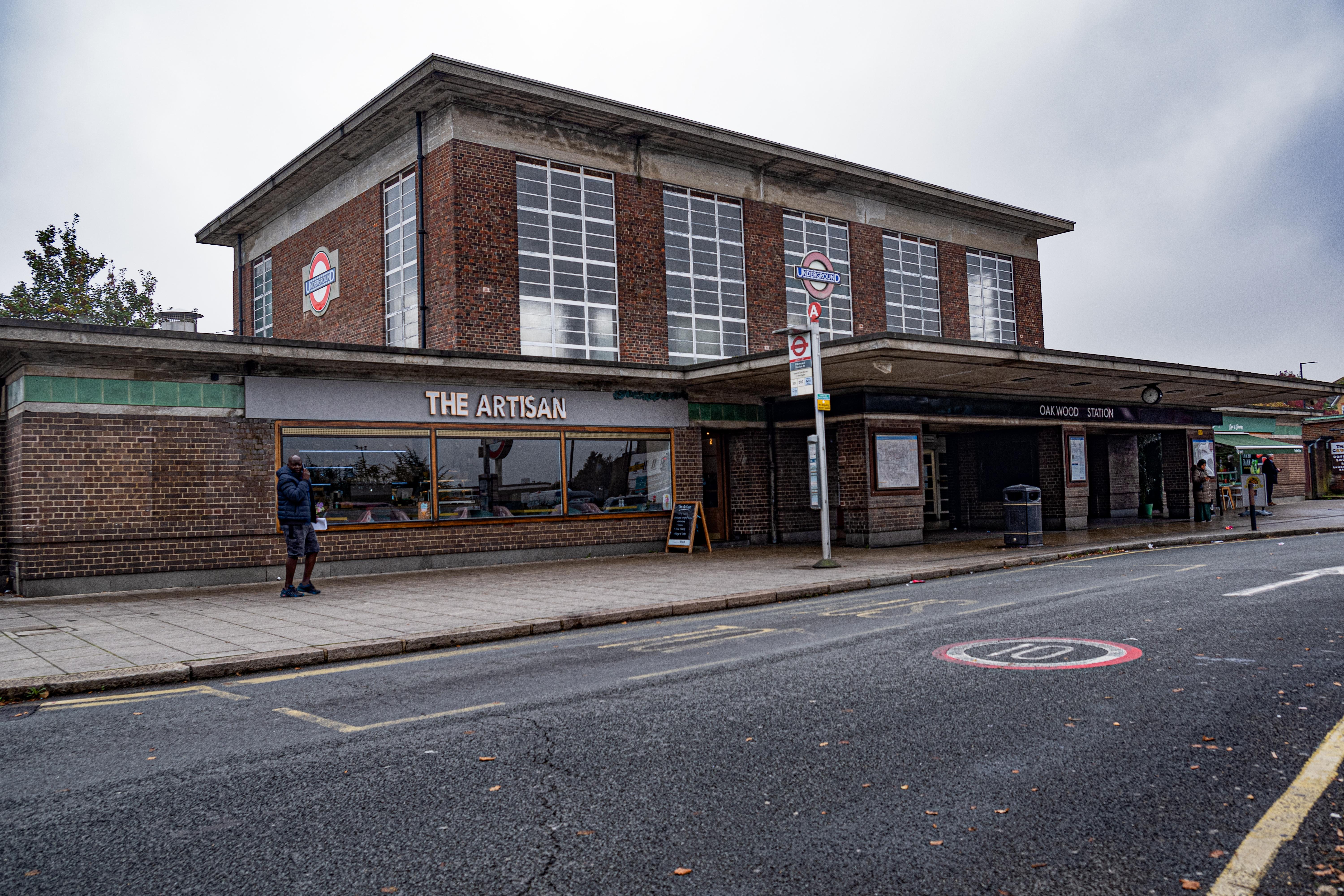

Exploring the Intriguing History of London Underground Names
London Underground stations hold a plethora of fascinating stories behind their names, reflecting the city’s rich history and culture. From quirky origins to historical references, each name carries a unique narrative that adds charm to the bustling underground network. Baker Street, for example, not only serves as a gateway to Sherlock Holmes’ fictional abode but also pays homage to the builder of the original station, William Baker.Delving deeper into the underground’s nomenclature unveils intriguing insights into London’s past. Angel station derives its name from a nearby, long-gone pub called the “Angel Inn,” while Elephant & Castle references a coaching inn that once graced the area. Unveiling the hidden meanings behind these names not only offers a glimpse into the city’s bygone eras but also adds an element of discovery to daily commutes through the underground labyrinth.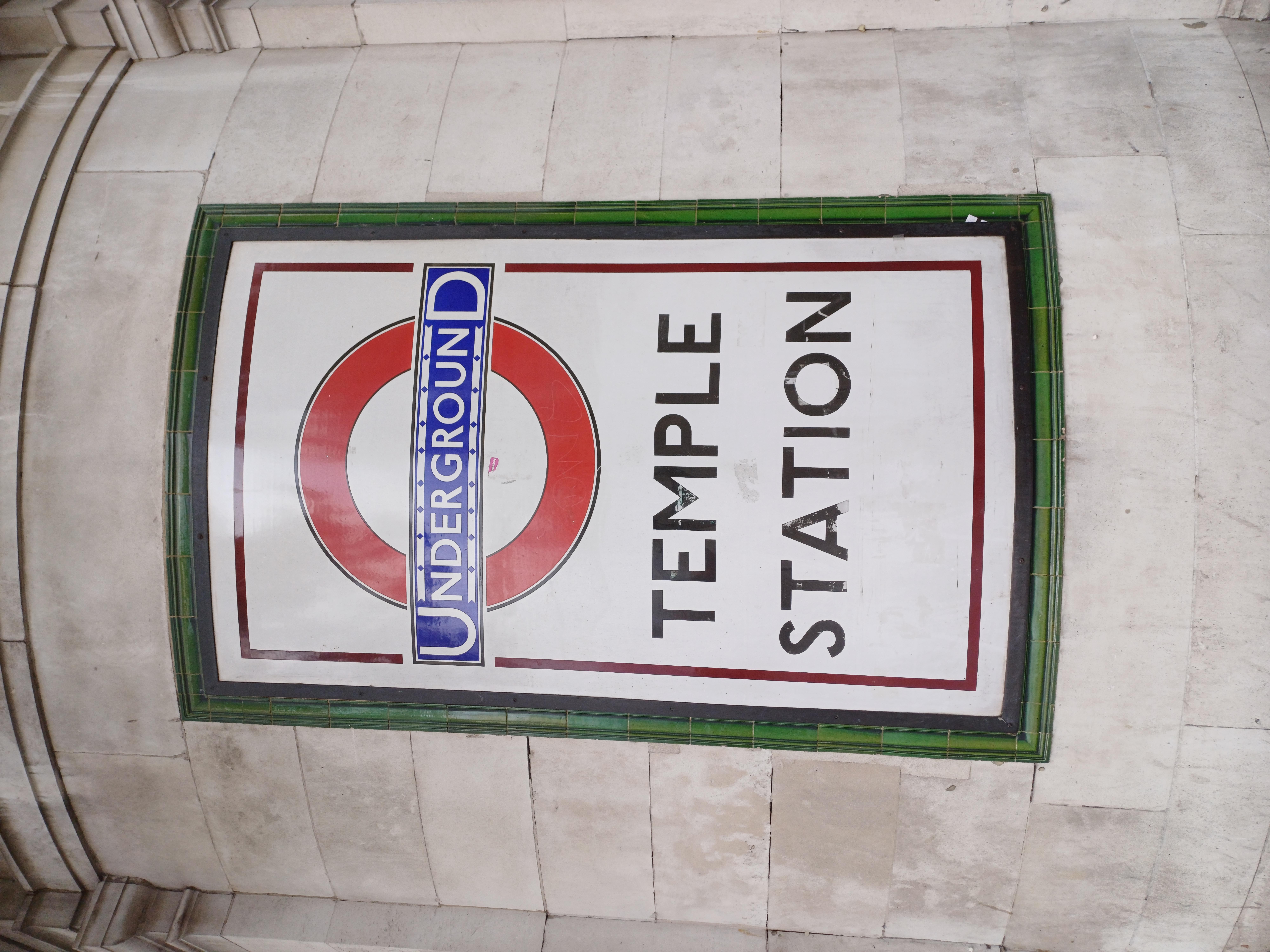

Uncovering the Stories Behind Iconic London Underground Stations
London Underground stations are not just points of commute; they are time capsules teeming with untold stories and intriguing histories. Baker Street Station, known for its association with Sherlock Holmes, whispers tales of mystery and deduction through its platforms. From the bustling crowds to the quiet corners, each nook holds a secret waiting to be uncovered.Covent Garden Station stands as a tribute to London’s theatrical past, where echoes of performances linger within its walls. The station’s unique architecture and vibrant atmosphere mirror the artistic essence of its surroundings. Delve deeper into the heart of London as you explore these iconic underground stations and unravel the captivating narratives woven into the fabric of the city.

Navigating London Underground: Tips for Understanding Station Names
London Underground station names can sometimes be a puzzling mix of words that may seem unfamiliar to visitors and locals alike. To unravel the mystery behind these names, understanding the history and significance of each station’s name can be quite enlightening. Exploring the stories behind station names can add a whole new dimension to your travels on the London Underground.One useful tip is to pay attention to the prefixes or suffixes in station names, as they often provide clues about the area or landmarks nearby. For example, stations with “Green” in their names are usually close to green spaces like parks, while those with “Bridge” may be near a river crossing point. By decoding these naming conventions, you can navigate the London Underground with more ease and appreciation for the city’s rich history and geography.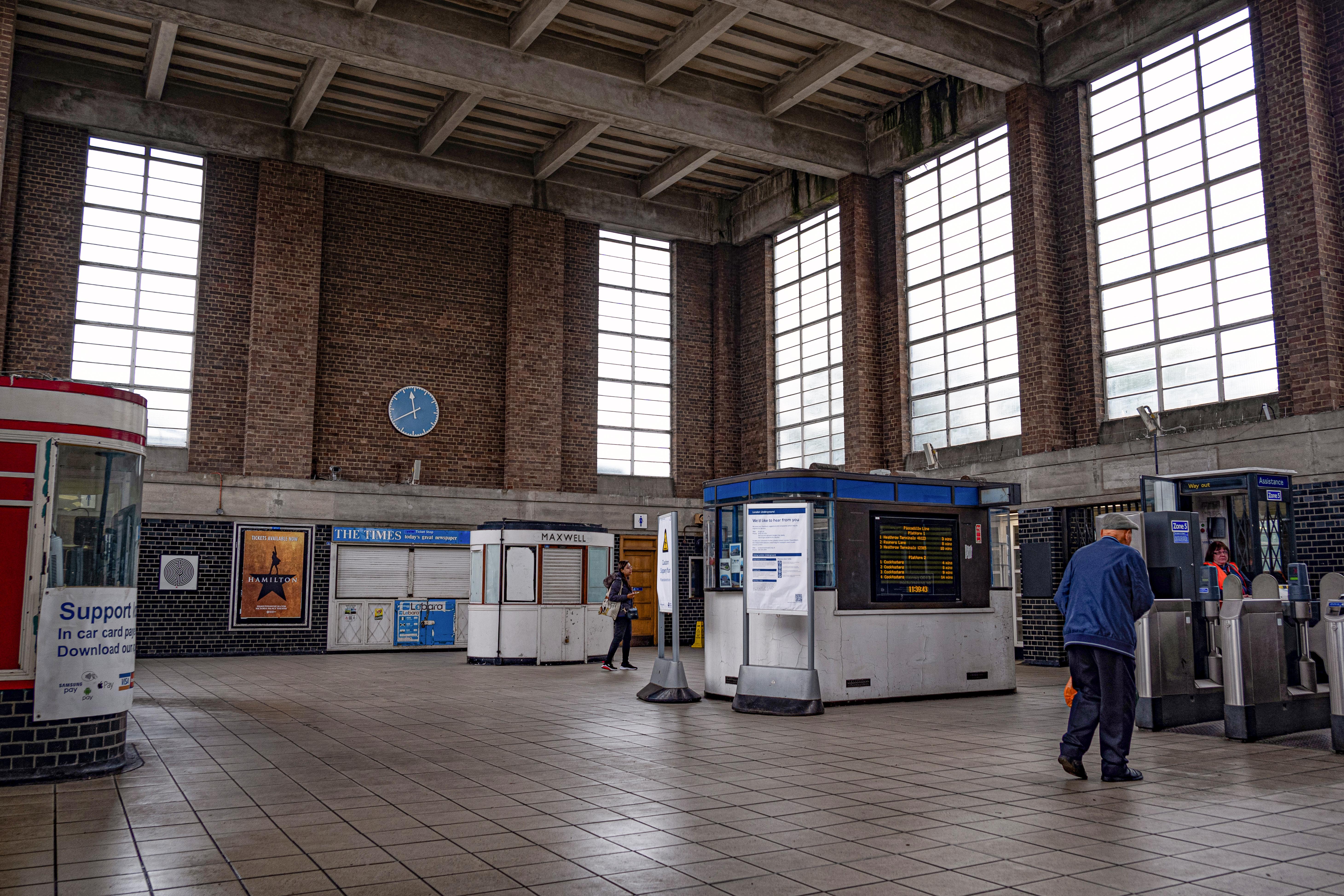

Decoding the Meaning and Significance of London Underground Station Names
The London Underground, with its intricate network of stations, holds a treasure trove of history and stories within its station names. From the quirky to the historical, each station name has a unique tale to tell. Let’s take a journey through the labyrinth of London Underground station names and uncover the hidden gems behind these seemingly mundane labels.Exploring the Foundations: Each station name encapsulates a piece of London’s rich tapestry, reflecting its past, culture, and landmarks. Whether it’s the charming simplicity of “Baker Street” evoking Sir Arthur Conan Doyle’s famed detective or the royal connection of “Victoria” station, every name paints a vivid picture of London’s heritage. Delve deeper into the history behind these names to unravel the intricate web of stories that have shaped London’s identity over the centuries.
Unveiling Local Legends: Beyond their historical significance, London Underground station names often pay tribute to local legends, events, or even geographic features. From the bustling “Piccadilly Circus” to the tranquil “Angel,” each name carries a sense of place and community spirit. Explore the diverse range of influences that have inspired these station names, from literary references to architectural landmarks, and discover the living tapestry of London woven within each name.
| Station Name | Meaning |
|---|---|
| Covent Garden | Named after the former fruit and vegetable market in the area. |
| Embankment | Reflects its location along the River Thames embankment. |
| Green Park | Derived from the nearby royal park, known for its lush greenery. |
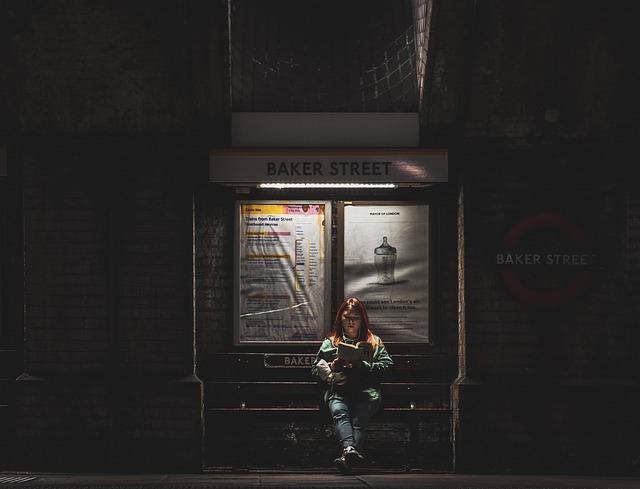

Unraveling the Fascinating Origins of London Underground Place Names
In the bustling underbelly of London lies a maze of underground stations, each bearing a name that whispers stories of the city’s past. From the charming whimsy of Covent Garden to the historical echoes of Westminster, the London Underground place names are like hidden gems waiting to be unearthed.Step into the time machine of the Tube network and explore the intriguing tales behind these iconic names. Discover how Paddington got its name from the nearby Paddington Green, or how Victoria Station pays tribute to Queen Victoria. Unravel the mysteries of Baker Street, home to the world-famous detective Sherlock Holmes, and journey through the rich tapestry of London’s underground history like never before. Let the names of these stations guide you through a fascinating journey of discovery, where every stop tells a unique story etched in the annals of London’s vibrant heritage.
Q&A
Q&A: London Underground GamesQ: What are London Underground games?
A: London Underground games refer to a series of interactive challenges and puzzles set in the iconic underground transport system of London. These games offer a creative and engaging way to explore the history, architecture, and secrets of the London Underground.
Q: How can one participate in London Underground games?
A: Participation in London Underground games is usually through organized events or online platforms that offer virtual experiences. Players can immerse themselves in the mysteries of the Underground network, solve puzzles, and uncover hidden stories while navigating through the stations and tunnels.
Q: What makes London Underground games unique?
A: London Underground games provide a fascinating blend of history, adventure, and problem-solving, all within the context of one of the world’s oldest and most famous subway systems. Players get to experience the thrill of exploring underground passages and unraveling the mysteries of this historic transportation network.
Q: Are London Underground games suitable for all ages?
A: London Underground games cater to a wide range of audiences, from history enthusiasts and puzzle solvers to families looking for a fun and educational experience. Depending on the specific game, difficulty levels and themes may vary to accommodate different age groups and interests.
Q: Can London Underground games be played solo or are they team-based?
A: London Underground games can be enjoyed both individually and as part of a team. Some games may require collaborative efforts to solve complex puzzles, while others offer solo challenges for those seeking a more personal experience. The choice between solo or team play adds versatility to the overall gaming experience.


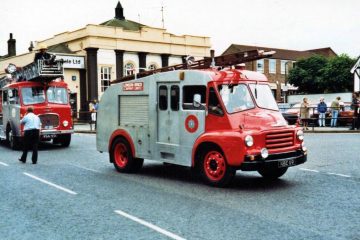


0 Comments